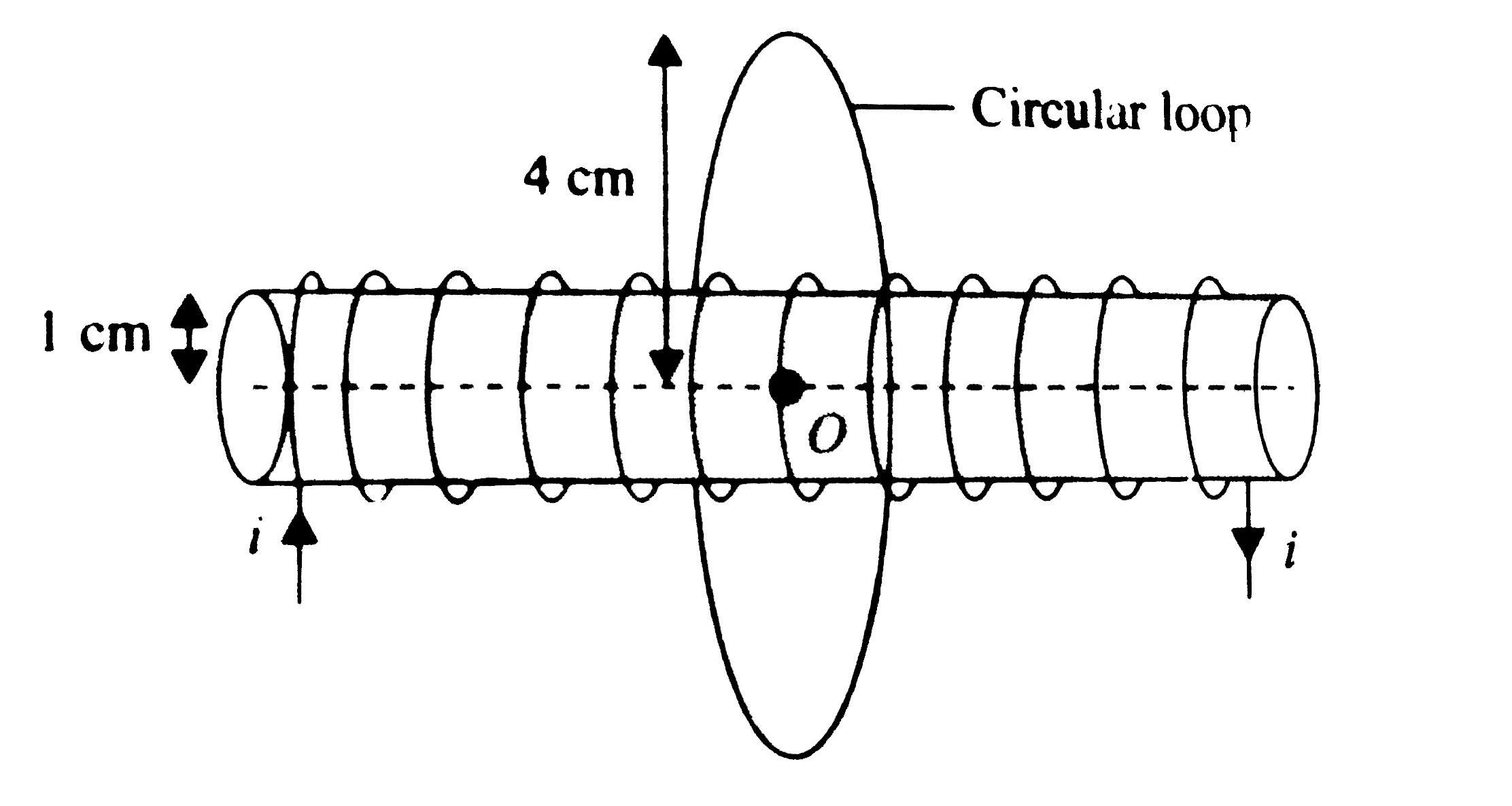(-1, 2, 1) என்ற புள்ளி வழிச் செல்வதும் →r=(2ˆi+3ˆj−ˆk)+t(ˆi−2ˆj+ˆk) என்ற நேர்க் கோட்டிற்கு இணையானதுமான நேர்க்கோட்டின் துணையலகு வெக்டர் சமன்பாட்டைக் காண்க. மேலும் இக்கோடுகளுக்கு இடைப்பட்ட மீச்சிறு தூரத்தையும் காண்க.
Step by step video & image solution for (-1, 2, 1) என்ற புள்ளி வழிச் செல்வதும் vecr=(2hati+3hatj-hatk)+t(hati-2hatj+hatk) என்ற நேர்க் கோட்டிற்கு இணையானதுமான நேர்க்கோட்டின் துணையலகு வெக்டர் சமன்பாட்டைக் காண்க. மேலும் இக்கோடுகளுக்கு இடைப்பட்ட மீச்சிறு தூரத்தையும் காண்க. by Maths experts to help you in doubts & scoring excellent marks in Class 12 exams.
Updated on:21/07/2023Topper's Solved these Questions
Similar Questions
→a மற்றும் →b என்பன இணைவெக்டர்கள் எனில், [→a→b→c]-ன் மதிப்பு காண்க.
View Solutionநேரியல் தோராய மதிப்பீட்டு முறையில் பின்வருவனவற்றின் தோராய மதிப்புகளைக் காண்க. (123)23
View SolutionProve that:(2ˆi+3ˆj)×(ˆi+2ˆj)=ˆk
View SolutionFind the angle between the line →r=(2ˆi+ˆj−ˆk)+λ(2ˆi+2ˆj+ˆk) and the plane →r.(6ˆi−3ˆj+2ˆk)+1=0.
View SolutionIf the equation of the plane through the line of interesection of →r.(2ˆi−3ˆj+ˆk)=1 and →r.(ˆi−ˆj)+4=0 and perpendicular to →r.(2ˆi+ˆj+ˆk)+8=0 is →r.(5ˆi−2ˆj−12ˆk)=λ Then λ=
View SolutionThe line through ˆi+3ˆj+2ˆk and perpendicular to the lines →r=(ˆi+2ˆj−ˆk)+λ(2ˆi+ˆj+ˆk) and →r=(2ˆi+6ˆj+ˆk)+μ(ˆi+2ˆj+3ˆk) is
View Solutionनिम्नलिखित संतालों का कार्तीय समीकरण ज्ञात कीजिये:
(a) →r.(ˆi+ˆj−ˆk)=2
(b) →r.(2ˆi+3ˆj−4ˆk)=1
(c ) →r[(s−2t)ˆi+(3−t)ˆj+(2s+t)ˆk]=15
View SolutionFind the angle between the lines
→r=(ˆi+ˆj)+λ(ˆi+ˆj+ˆk)and→r=(2ˆi−ˆj)+t(2ˆi+3ˆj+ˆk)
View Solutionसिद्ध करें कि
(2ˆi+3ˆj)×(ˆi+2ˆj)=ˆk
View Solutionरेखाओं →r=(ˆi+2ˆj+3ˆk)+λ(ˆi−3ˆj+2ˆk) तथा →r=(4ˆi+5ˆj+6ˆk)+μ(2ˆi+3ˆj+ˆk) के मध्य न्यूनतम दूरी है -
View Solutionসরলরেখাগুলোর অন্তর্গত কোণ নির্ণয় করো→r=(2ˆi+3ˆj−5ˆk)+t(12ˆi+ˆj−ˆk) ও →r=(2ˆi−6ˆk)+t'(ˆi+2ˆj−2ˆk)
View SolutionA long solenoid having n = 200 turns per metre has a circular cross-section of radius a1=1cm. A circular conducting loop of radius a2=4cm and resistance R=5(Ω) encircles the solenoid such that the centre of circular loop coincides with the midpoint of the axial line of the solenoid and they have the same axis as shown in Fig.

A current 't' in the solenoid results in magnetic field along its axis with magnitude B=(μ)ni at points well inside the solenoid on its axis. We can neglect the insignificant field outside the solenoid. This results in a magnetic flux (ϕ)B through the circular loop. If the current in the winding of solenoid is changed, it will also change the magnetic field B=(μ)0ni and hence also the magnetic flux through the circular loop. Obvisouly, it will result in an induced emf or induced electric field in the circular loop and an induced current will appear in the loop. Let current in the winding of solenoid be reduced at a rate of 75A/sec.
When the current in the solenoid becomes zero so that external magnetic field for the loop stops changing, current in the loop will follow a differenctial equation given by [You may use an approximation that field at all points in the area of loop is the same as at the centre
View SolutionFind the Cartesian equation of the following planes :
(a) →r.(ˆi+ˆj−ˆk)=2
(b) →r.(2ˆi+3ˆj−4ˆk)=1
(c) →r.((s−2t)ˆi+(3−t)ˆj+(2s+t)ˆk)=15
View SolutionFind the shortest distance →r=ˆi+2ˆj+3ˆk+λ(ˆi−3ˆj+2ˆk)and<br>→r=<br>4ˆi+5ˆj+6ˆk+μ(2ˆi+3ˆj+ˆk).
View SolutionFind the angle between the lines
→r=(ˆi+ˆj)+λ(ˆi+ˆj+ˆk)and→r=(2ˆi−ˆj)+t(2ˆi+3ˆj+ˆk)
View SolutionFind the angle between the line →r=(2ˆi+ˆj−ˆk)+λ(2ˆi+2ˆj+ˆk) and the plane →r.(6ˆi−3ˆj+2ˆk)+1=0.
View Solution
